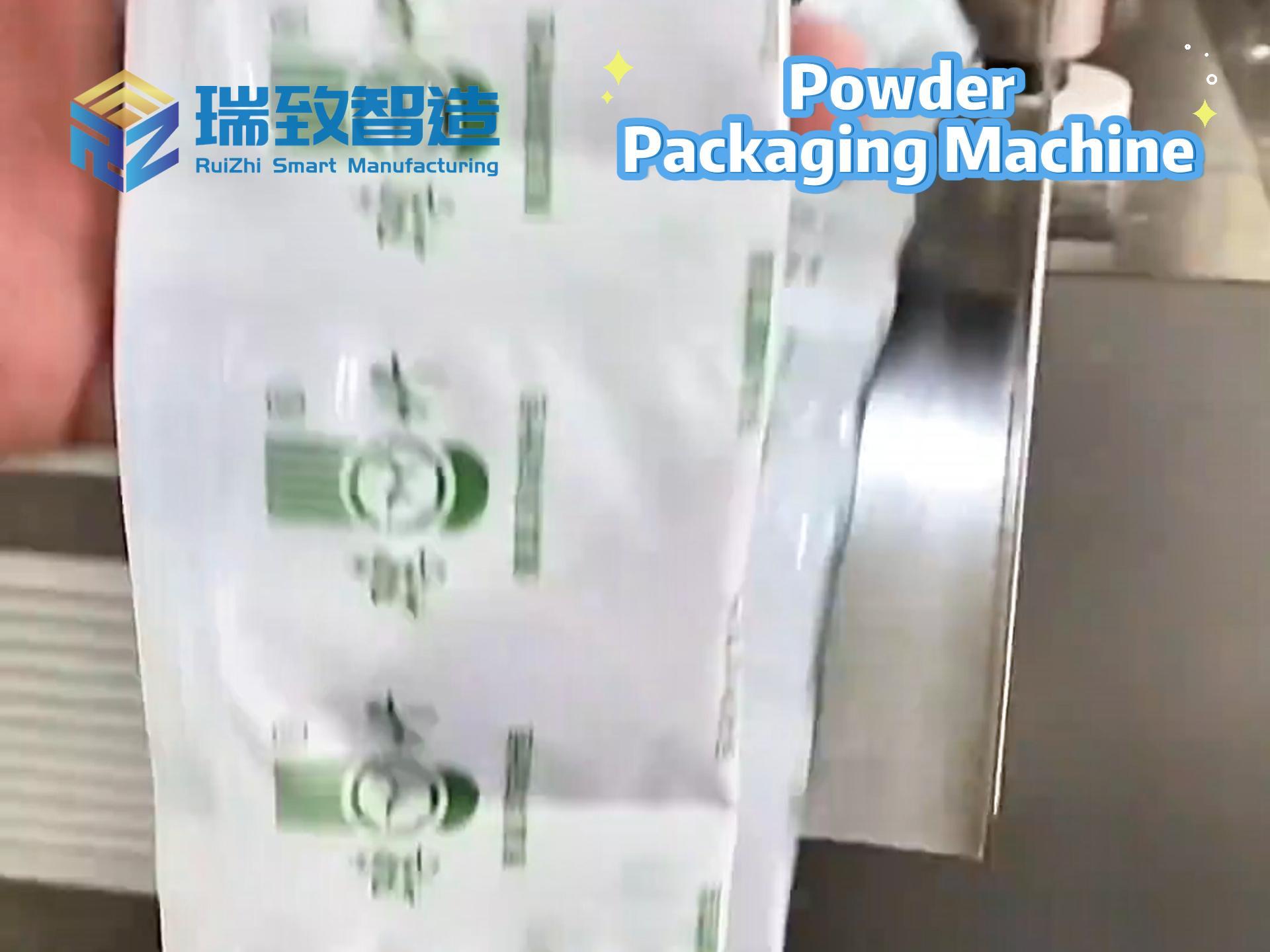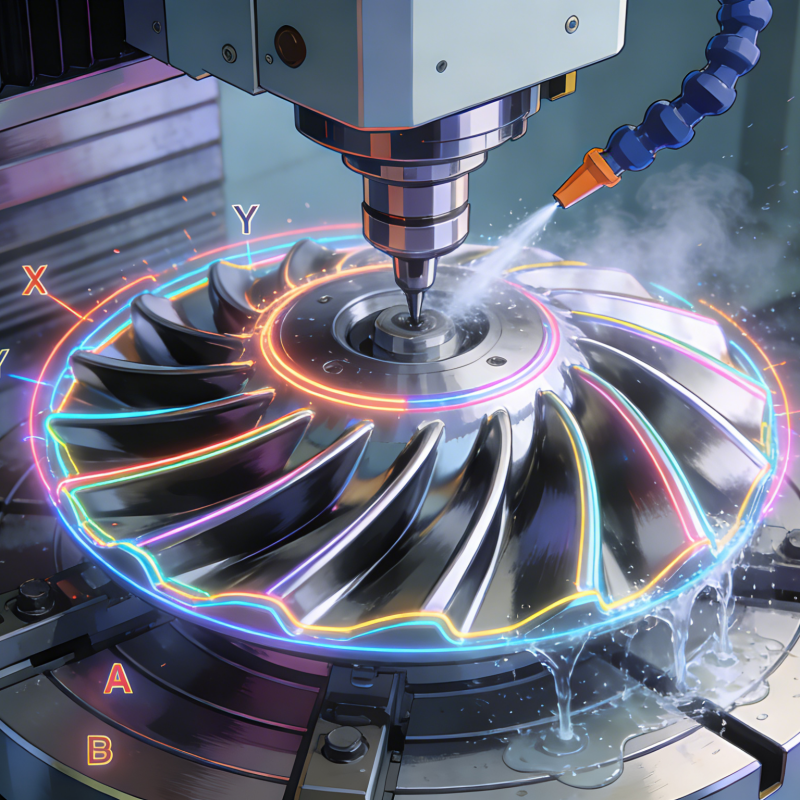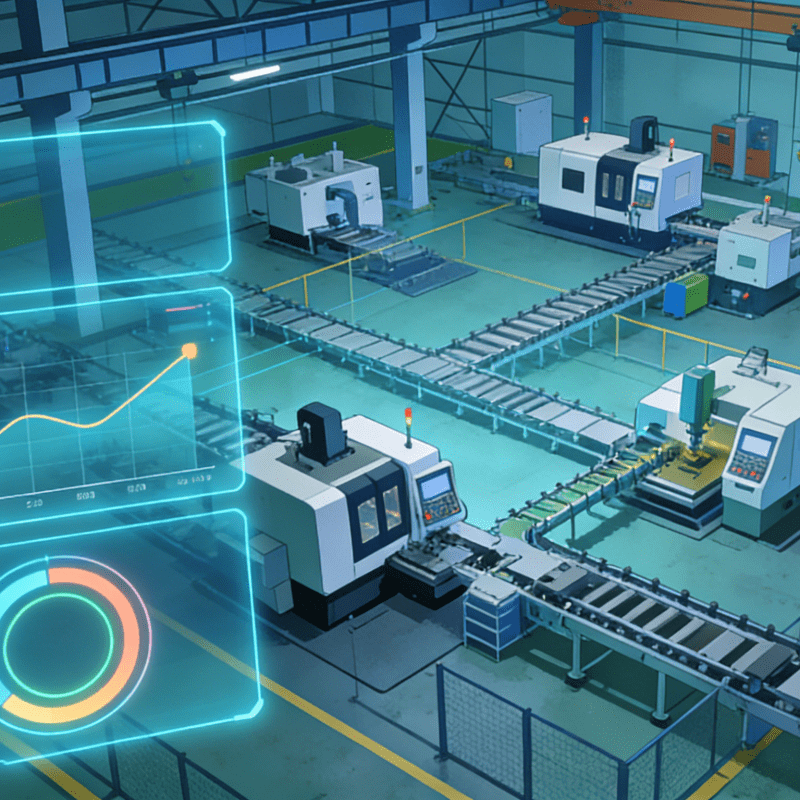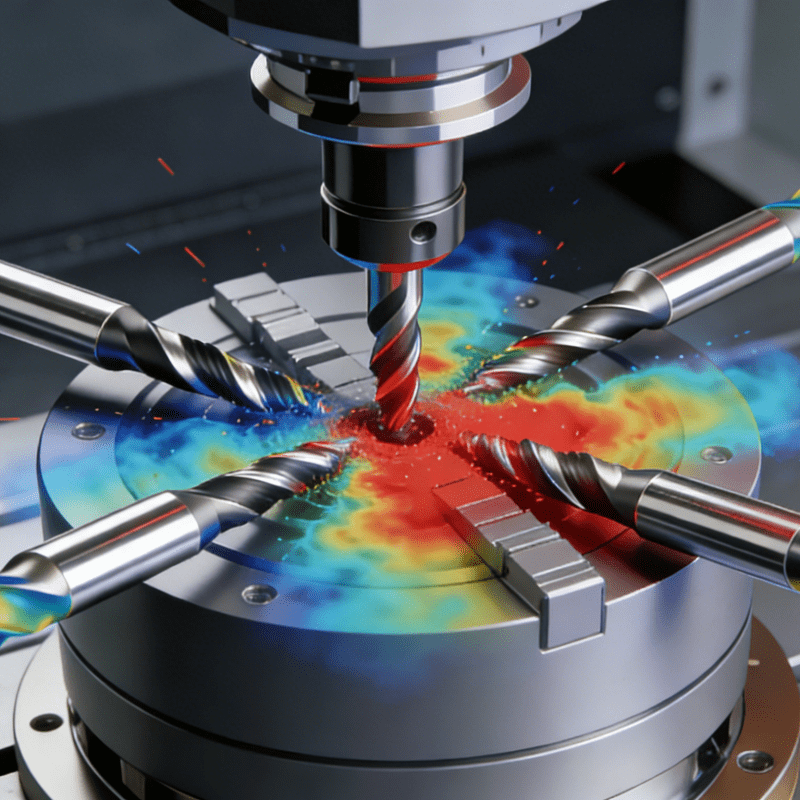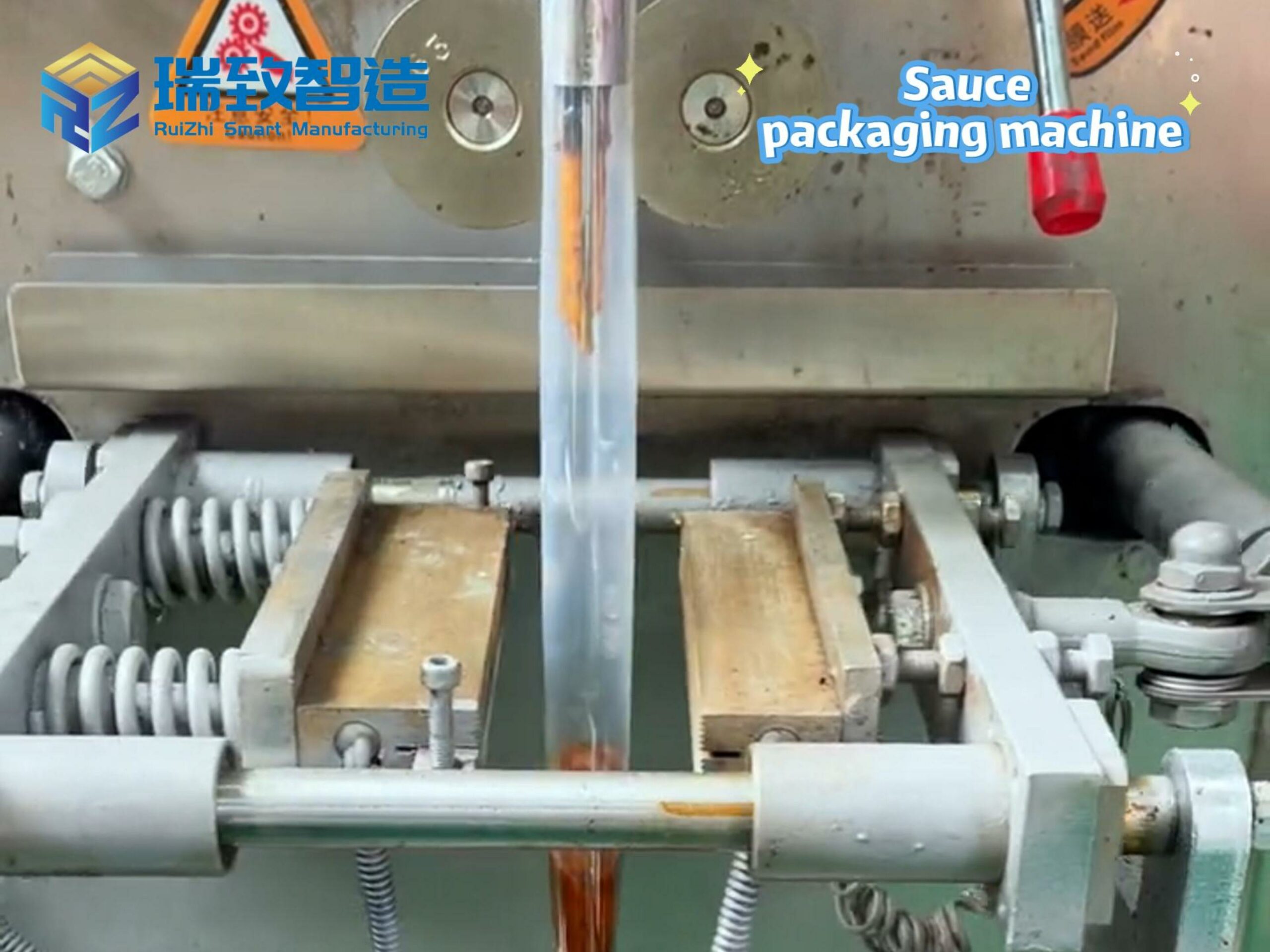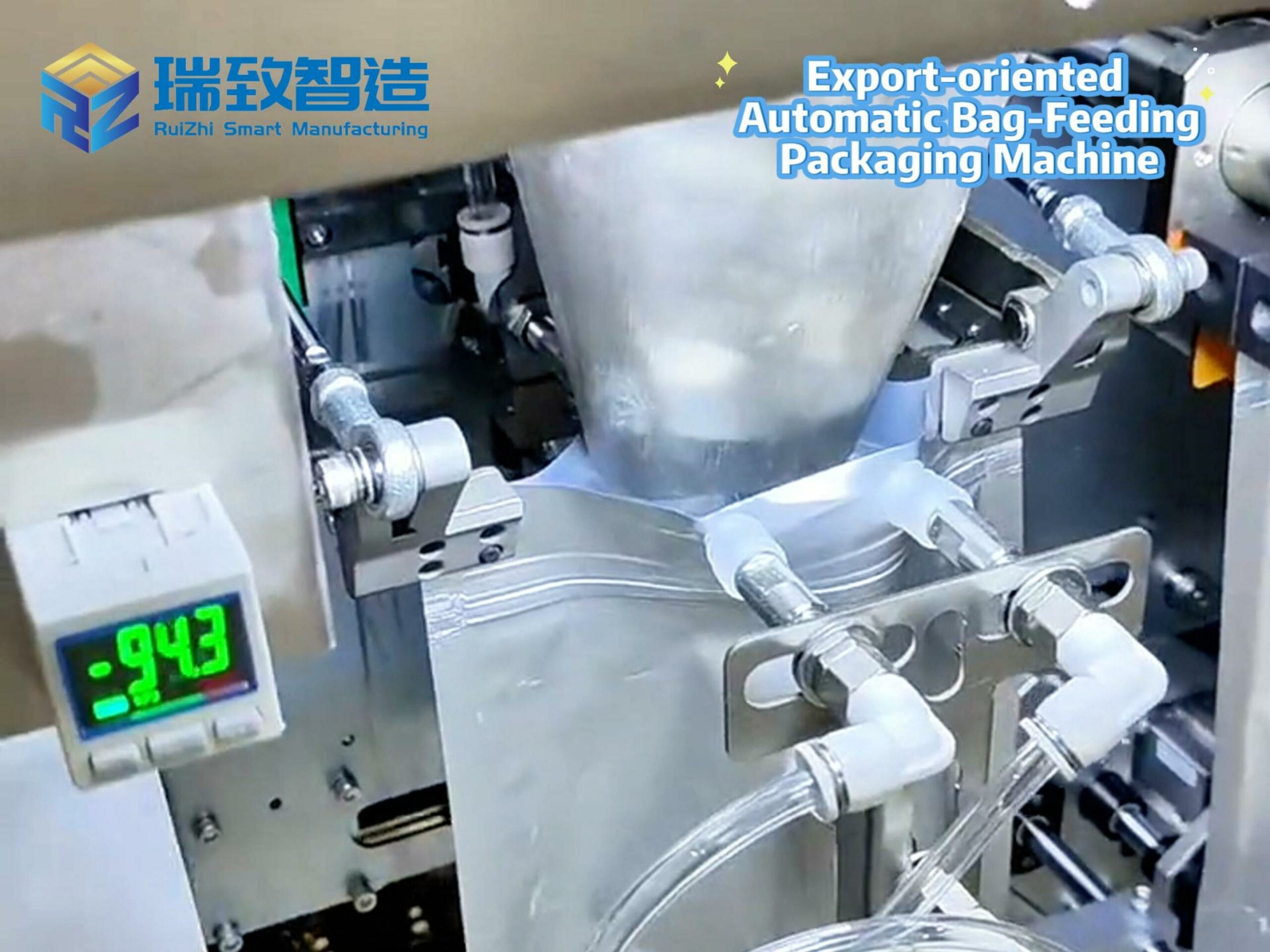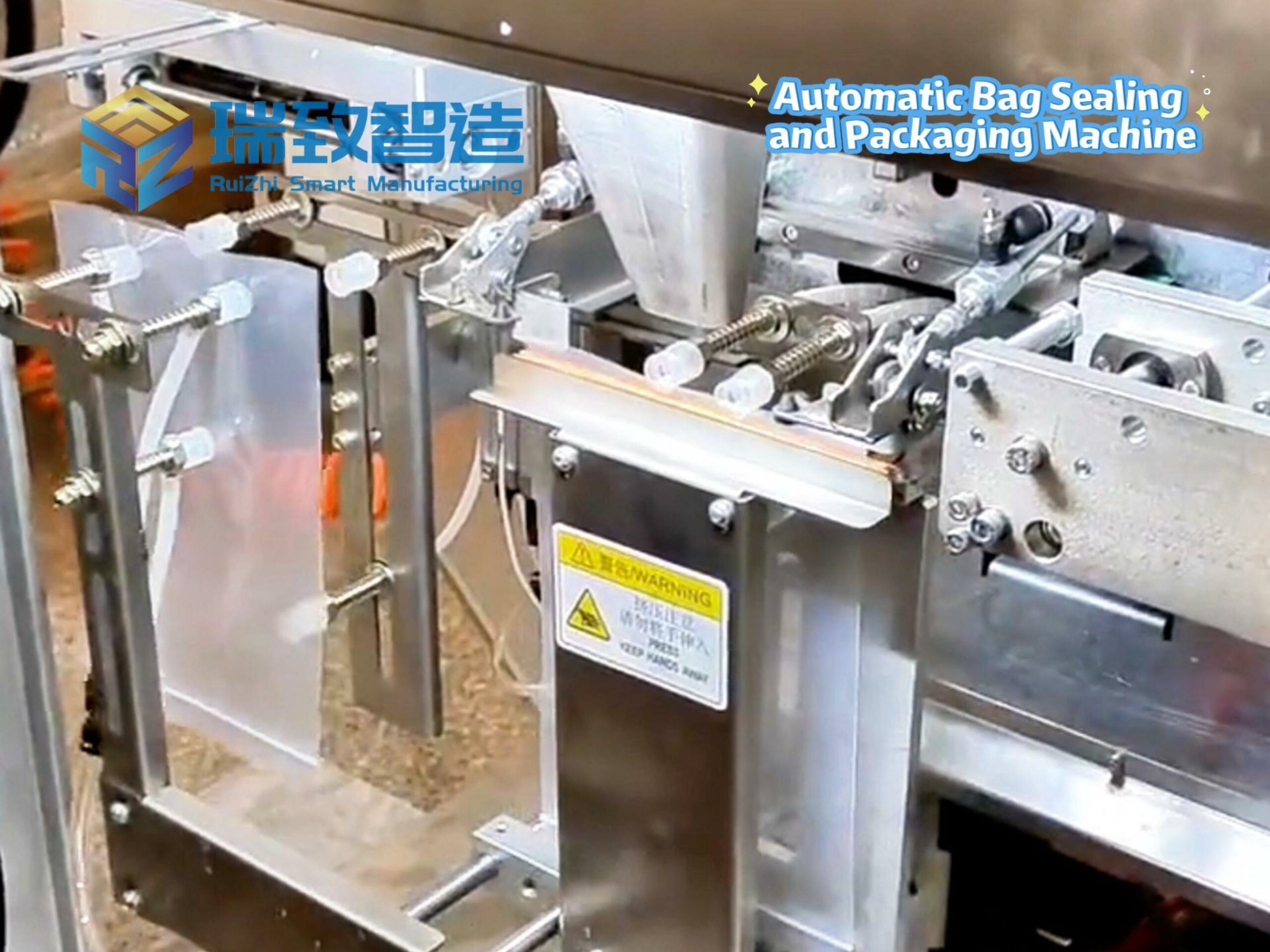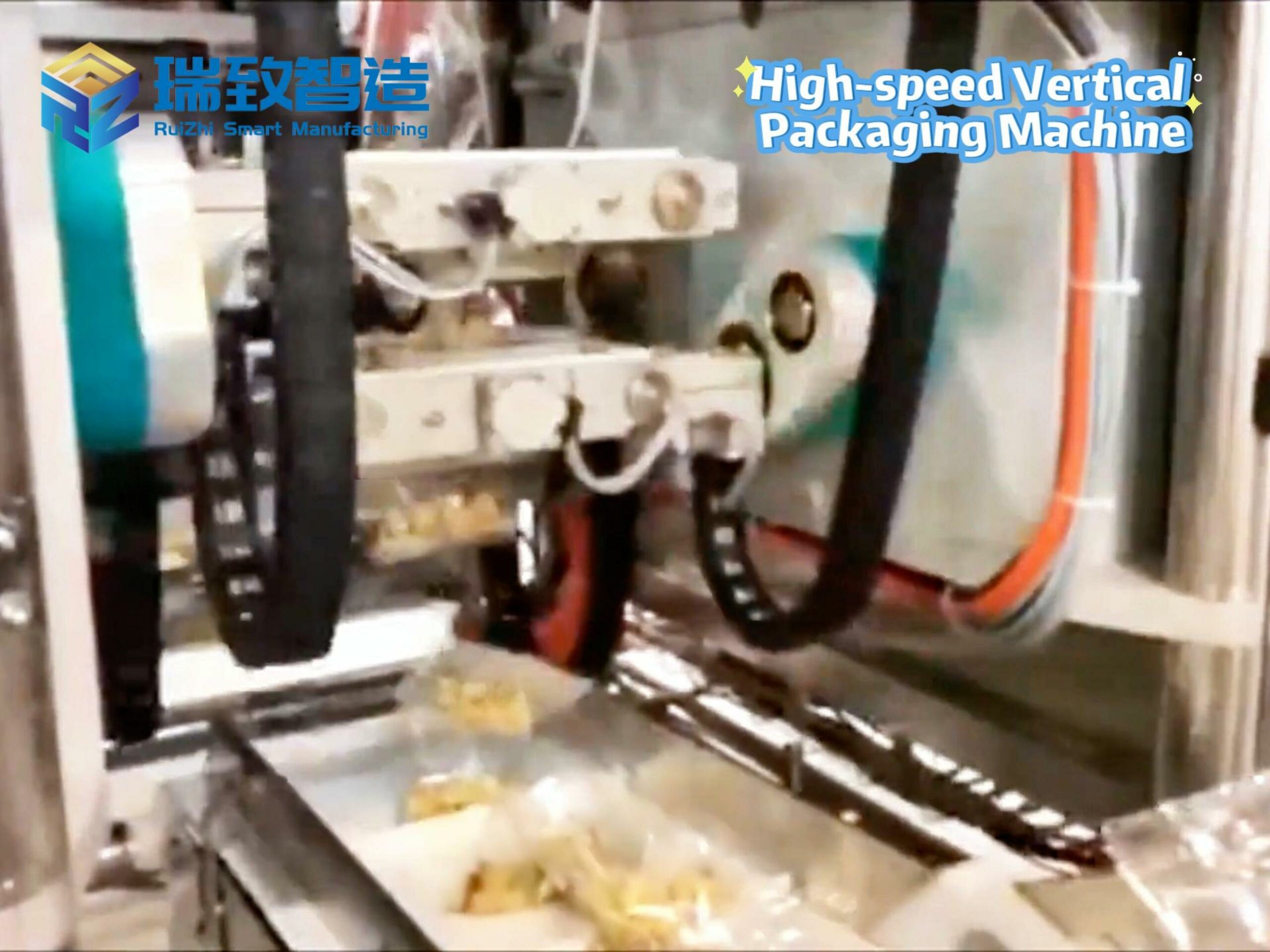Table of Contents
ToggleIndustrial Internet of Things (IIoT): Deconstructing the Universal Data Nervous System of Smart Manufacturing
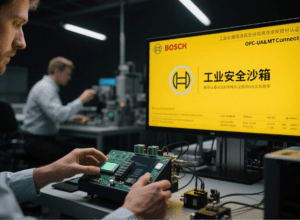
In the wave of the Fourth Industrial Revolution, the Industrial Internet of Things (IIoT) is weaving discrete industrial equipment and isolated production systems into a real-time interactive intelligent network through its disruptive connectivity. Data from the McKinsey Global Institute shows that by 2030, IIoT technologies could create over $10 trillion in new value for global manufacturing. Its core lies in building a closed-loop ecosystem of “device interconnection-data flow-intelligent decision-making,” driving factories to leap from an “experience-driven” to a “data-driven” paradigm.
一、Device Interconnection: Evolution from “Dumb Terminals” to “Intelligent Agents”
General Electric (GE) realized the “digital awakening” of equipment in its Pennsylvania gas turbine plant: 300 heavy-duty turbines equipped with vibration sensors collect data at a frequency of 100Hz. Combined with 200+ dimensional parameters such as temperature, pressure, and current, edge computing nodes analyze equipment health status in real time. When the bearing temperature fluctuation of a turbine exceeds the threshold, the system triggers an alarm within 50ms and automatically adjusts the load distribution of adjacent equipment, reducing unplanned downtime by 47% and maintenance costs by 32%. This “sensors-as-neurons” deployment model has penetrated from high-end equipment manufacturing to traditional industries—In Shaoxing, Zhejiang’s textile cluster, 8,000 water-jet looms are interconnected via LoRaWAN networks, increasing equipment utilization from 55% to 82% and reducing energy consumption by 18%, thus constructing a new intelligent weaving ecosystem of “ten thousand machines interconnected.”
二、Data Flow: Value Reconstruction Breaking “Information Silos”
The “Interconnected Factory” model of Haier’s Shenyang refrigerator plant reveals the underlying logic of data-driven production: When consumers order customized refrigerators on e-commerce platforms, demand data is synchronized to the MES systems of 300 suppliers through blockchain smart contracts, compressing the raw material procurement cycle from 7 days to 48 hours. RFID chips on the production line record processing parameters of each component in real time. When the inner tank enters the painting process, AGV robots with visual navigation automatically match customized color pastes based on the cloud BOM, achieving flexible production of “thousands of products with thousands of faces,” shortening the delivery cycle by 60% compared to traditional models. More groundbreaking is Foshan, Guangdong’s “Ceramic Industry Brain”: Kilns and presses of 200 ceramic enterprises are interconnected via the IIoT platform, sharing 3,000 sets of process parameters. The first-class product rate increases from 85% to 94%, and the cycle for developing new patterns is shortened from 30 days to 7 days, demonstrating the multiplier effect of industrial-level data flow.
三、Intelligent Decision-making: Leap from “Post-event Handling” to “Real-time Optimization”
Foxconn Zhengzhou Plant’s 5G+IIoT project represents the intelligent revolution in manufacturing sites: Each mobile phone assembly line deploys 200 5G RedCap lightweight sensors. Edge servers complete AI visual inspection of welding quality within 10ms, with only 1% of defect images uploaded to the cloud for model training, reducing the single-machine defect rate from 0.15% to 0.06% and saving over 200 million yuan in material costs annually. In the peak scenario of process industry—Sinopec Maoming Refining & Chemical— the IIoT system connects 15,000 refining devices. Through deep neural networks, it predicts the coking status of catalytic cracking units, adjusts operation parameters 4 hours in advance, increases light oil yield by 2.3%, and boosts annual gasoline production by 300,000 tons, equivalent to the benefit of a new medium-sized refinery.
四、Technological Deep Dive: Construction of Standardization and Security Systems
As the number of global IIoT device connections exceeds 50 billion (GSV Ventures data), the standardization process of industrial communication protocols such as OPC UA and MTConnect has accelerated. Bosch’s “Industrial Security Sandbox” technology reduces the success rate of device firmware attacks from 32% to 0.7% through hardware encryption and dynamic identity authentication, building a solid security line for data flow. In the integrated practice of edge computing and cloud native, Schneider Electric’s EcoStruxure platform realizes a three-tier architecture of “cloud-edge-terminal”: Edge nodes process 90% of real-time control data, and the cloud completes long-term trend analysis, increasing factory response speed by 10 times and reducing data storage costs by 60%.
五、Future Vision: Birth of Self-Organizing Factories
When 5G-A uplink enhancement technology achieves 10Gbps data return, IIoT will push factories into the 3.0 era of “self-optimization, self-maintenance, and self-organization.” Imagine an automobile factory: When a welding line detects an increase in the welding defect rate of battery trays, the system automatically retrieves historical data, correlates material batch information, generates a process adjustment plan within 30 seconds, and notifies the quality department and suppliers simultaneously; AGV robots dynamically adjust material distribution paths based on real-time capacity, and UAV inspection systems automatically verify equipment status—The entire process requires no human intervention, demonstrating self-regulatory capabilities akin to living organisms.
From the precision assembly of discrete manufacturing to the continuous production of process industries, IIoT is reshaping the DNA of manufacturing. It is not just a of technologies but a transformation of thinking—When each device and process becomes a node in the data network, the manufacturing process is no longer an isolated physical operation but an intelligent symphony driven by data. The future is here, and on the digital stage built by IIoT, smart manufacturing is performing a dual variation of efficiency and innovation.
“Smart Manufacturing” “intelligent manufacturing” “3d printing technology”

